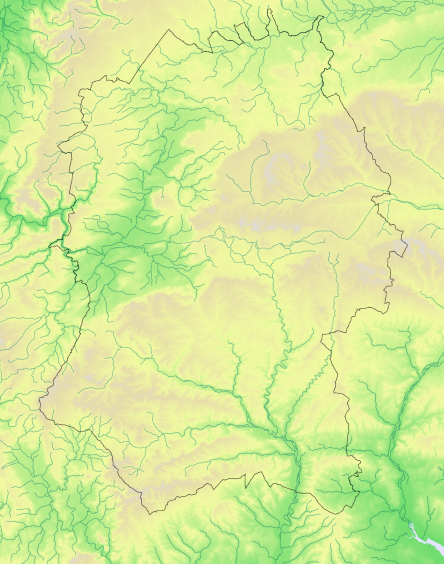Song Thrush Turdus philomelos
Winter abundance 1995–2000
Common resident, partial migrant, also winterer from north Britain/Europe
Atlas species lists
- Breeding distribution 1995–2000
- Summer abundance 1995–2000
- Winter distribution 1995–2000
- Winter abundance 1995–2000
- Breeding distribution 2007–2012
- Summer abundance 2007–2012
- Winter distribution 2007–2012
- Winter abundance 2007–2012
- Breeding distribution change
- Summer abundance change
- Winter distribution change
- Winter abundance change
More Song Thrush maps
- Breeding distribution 1995–2000
- Summer abundance 1995–2000
- Winter distribution 1995–2000
- Winter abundance 1995–2000
- Breeding distribution 2007–2012
- Summer abundance 2007–2012
- Winter distribution 2007–2012
- Winter abundance 2007–2012
- Breeding distribution change
- Summer abundance change
- Winter distribution change
- Winter abundance change
Map explanation
This map shows the winter relative abundance of the species in Wiltshire, based on variation from the average, as revealed by the fieldwork for Birds of Wiltshire (Wiltshire Ornithological Society 2007).
Key
Relative to average
Nos tetrads

>50% fewer
104
23%

25-50% fewer
72
16%

Average +/- 25%
36
8%

25-100% more
36
8%

>100% more
46
10%
Total
294
66%

Not surveyed
Song Thrushes breed from Iberia east to Lake Baikal in Siberia and from Italy and the Balkans north to Ireland, Britain and Fenno-Scandia, and in Turkey, the Caucasus and Iran. They have also been introduced in Australia and New Zealand.
In Britain they occur virtually everywhere in summer, being absent only from a few of the highest parts of the Scottish Highlands. They are mainly sedentary apart from some winter migratory movement of the northern population, mostly to other parts of Britain but also to Ireland, western France or Iberia. There is also a significant autumn passage of Fenno-Scandian Song Thrushes through Britain on their way to winter further south, and some inward migration from the Low Countries to winter in Britain.
Although distribution has remained largely unchanged population figures have shown drastic changes: Bird Atlas 2007-2011 recorded that the UK population of Song Thrushes fell by more than half between 1970 and 2010. The lowest point was reached in 1992, since when numbers have been rising: there was a 13% increase in the period between 1995 and 2010.
In Wiltshire Song Thrushes have been reported as common and widespread since at least the mid 19th century. Both the 1968-72 and the 1988-91 breeding atlases recorded them in every one of the county's 33 core 10km squares. Birds of Wiltshire recorded them in 775 tetrads, with breeding in 514. WTA2 found them in 827 tetrads with breeding in 385.
References
The following references are used throughout these species’ accounts, in the abbreviated form given in quotation marks:
“1968-72 Breeding Atlas” – Sharrack, J.T.R. 1976: The Atlas of Breeding Birds in Britain and Ireland. T. & A. Poyser
“1981-84 Winter Atlas” – Lack, P.C. 1986: The Atlas of Wintering Birds in Britain and Ireland. T. & A. Poyser
“1988-91 Breeding Atlas” – Gibbons, D.W., Reid, J.B. & Chapman, R.A. 1993: The New Atlas of Breeding Birds in Britain and Ireland 1988-91. T. & A. Poyser
“Birds of Wiltshire” – Ferguson-Lees, I.J. et al. 2007: Birds of Wiltshire, published by the tetrad atlas group of the Wiltshire Ornithological Society after mapping fieldwork 1995-2000. Wiltshire Ornithological Society.
“Bird Atlas 2007-2011”-– Balmer, D.E., Gillings, S., Caffrey, B.J., Swann, R.L., Downie, I.S. and Fuller, R.J. 2013: The Breeding and Wintering Birds of Britain and Ireland. BTO Books.
“WTA2” – ("Wiltshire Tetrad Atlas 2 ") the present electronic publication, bringing together the Wiltshire data from “Birds of Wiltshire” and “Bird Atlas 2007-11”, together with data from further fieldwork carried out in 2011 and 2012.
"Hobby" - the annual bird report of the Wiltshire Ornithological Society.

